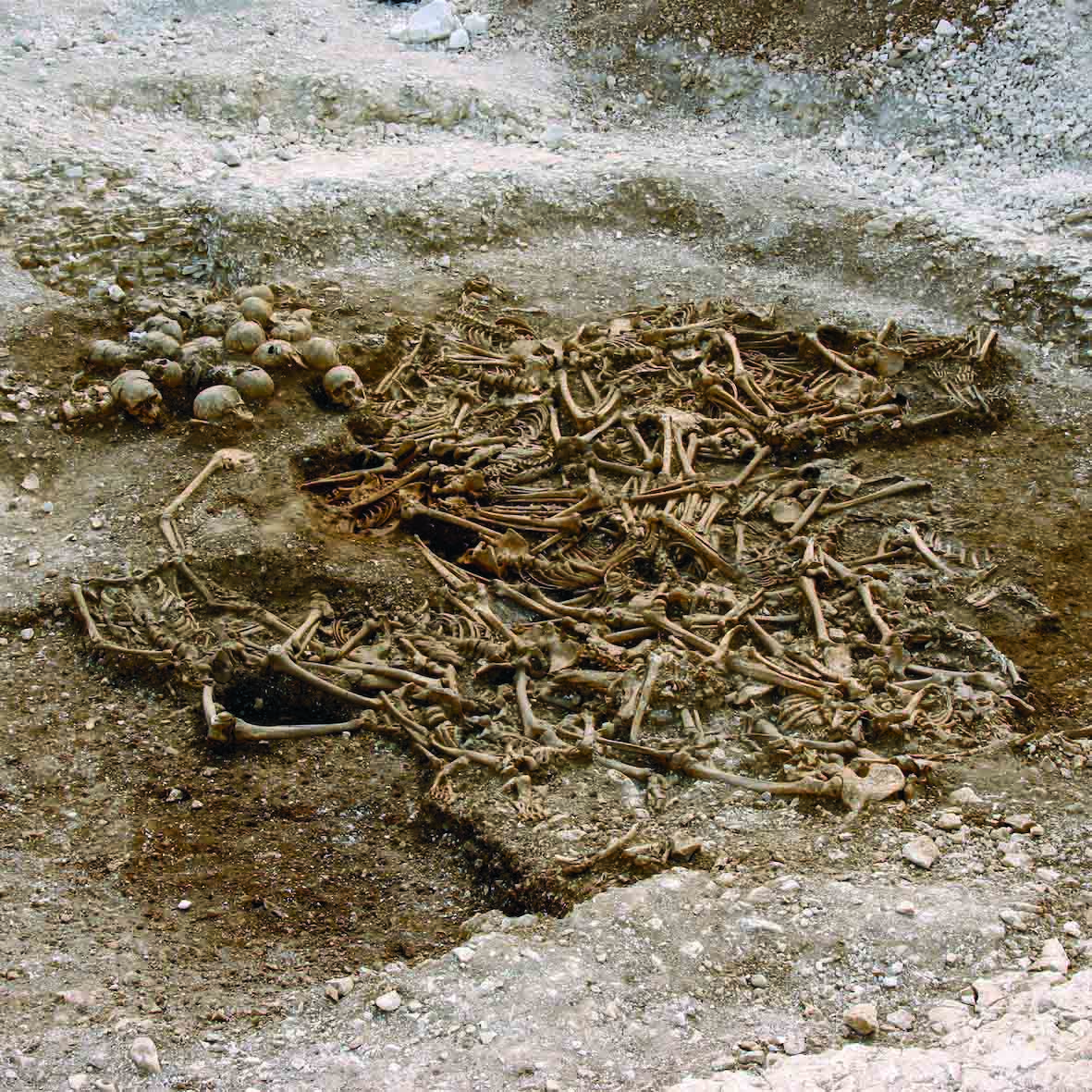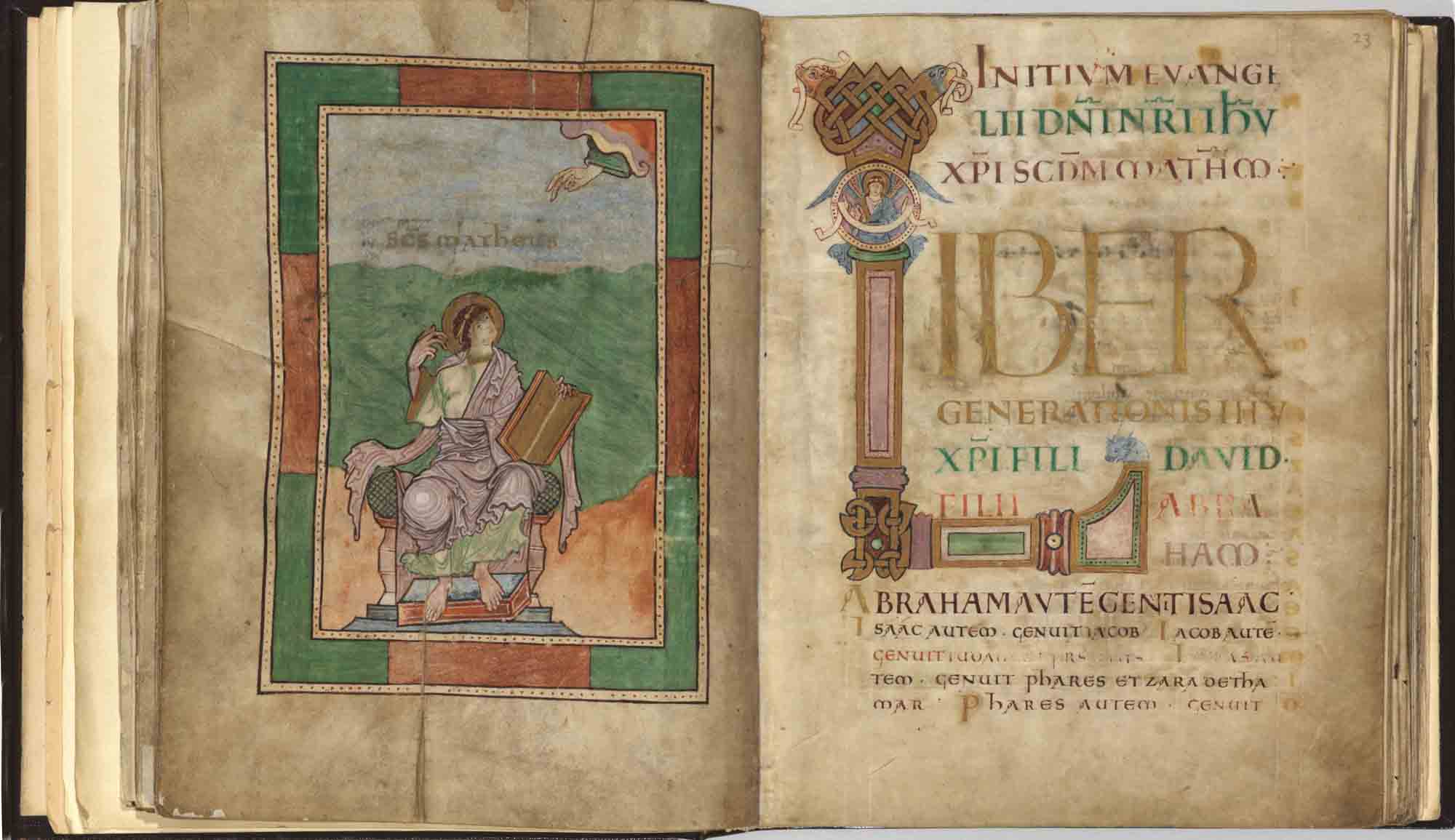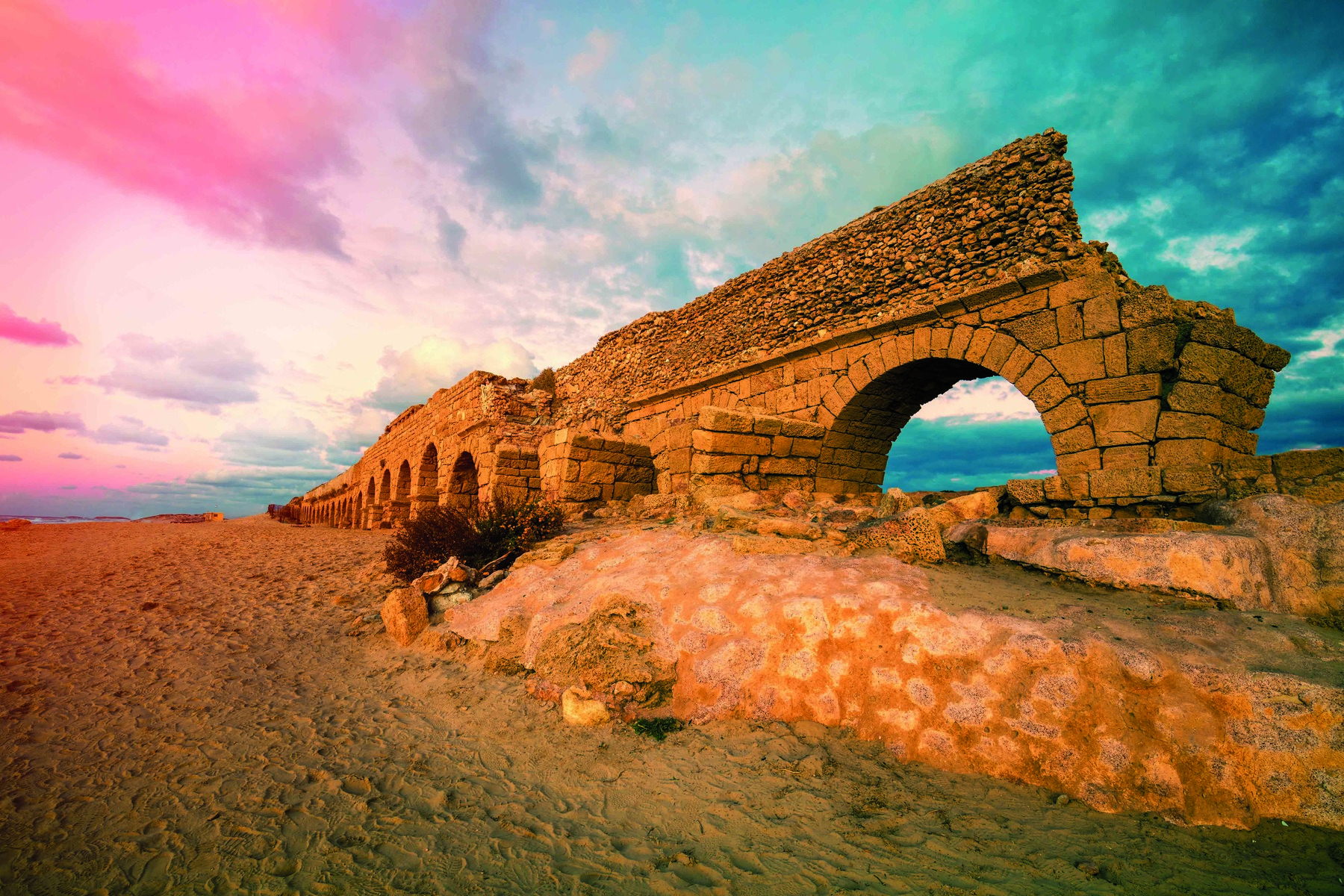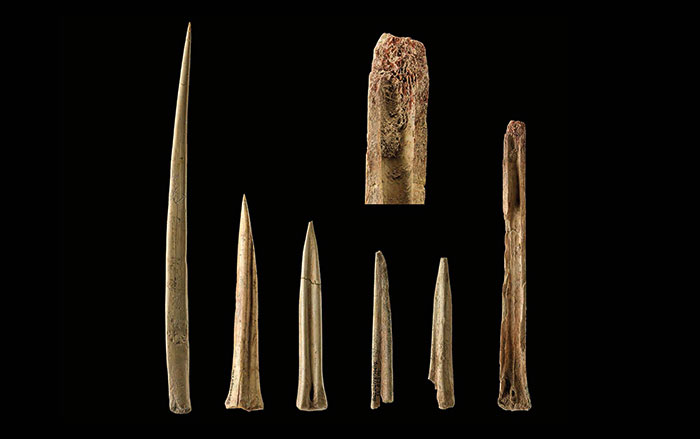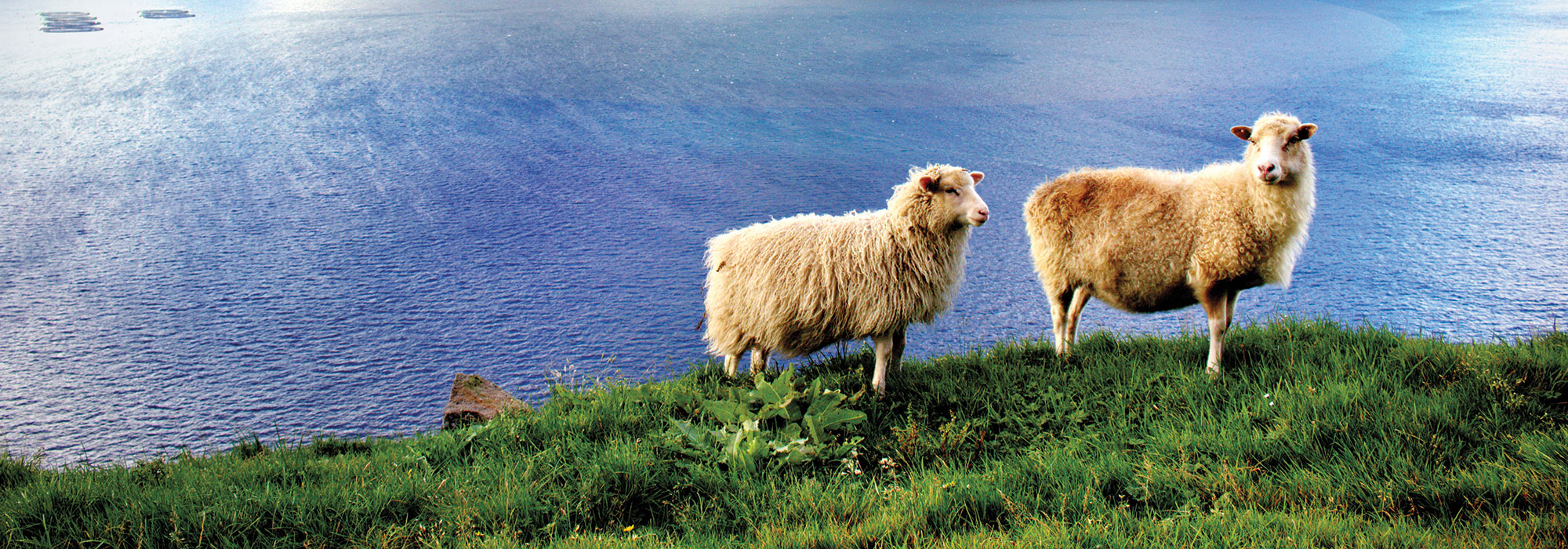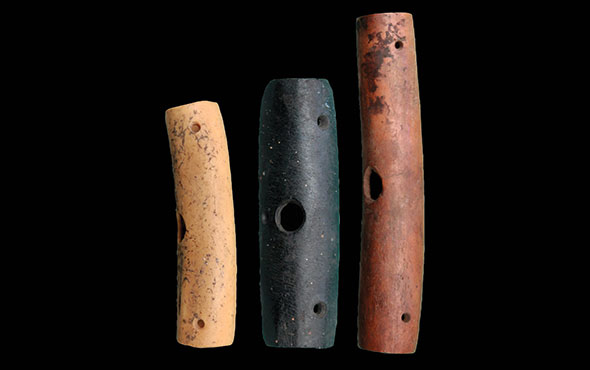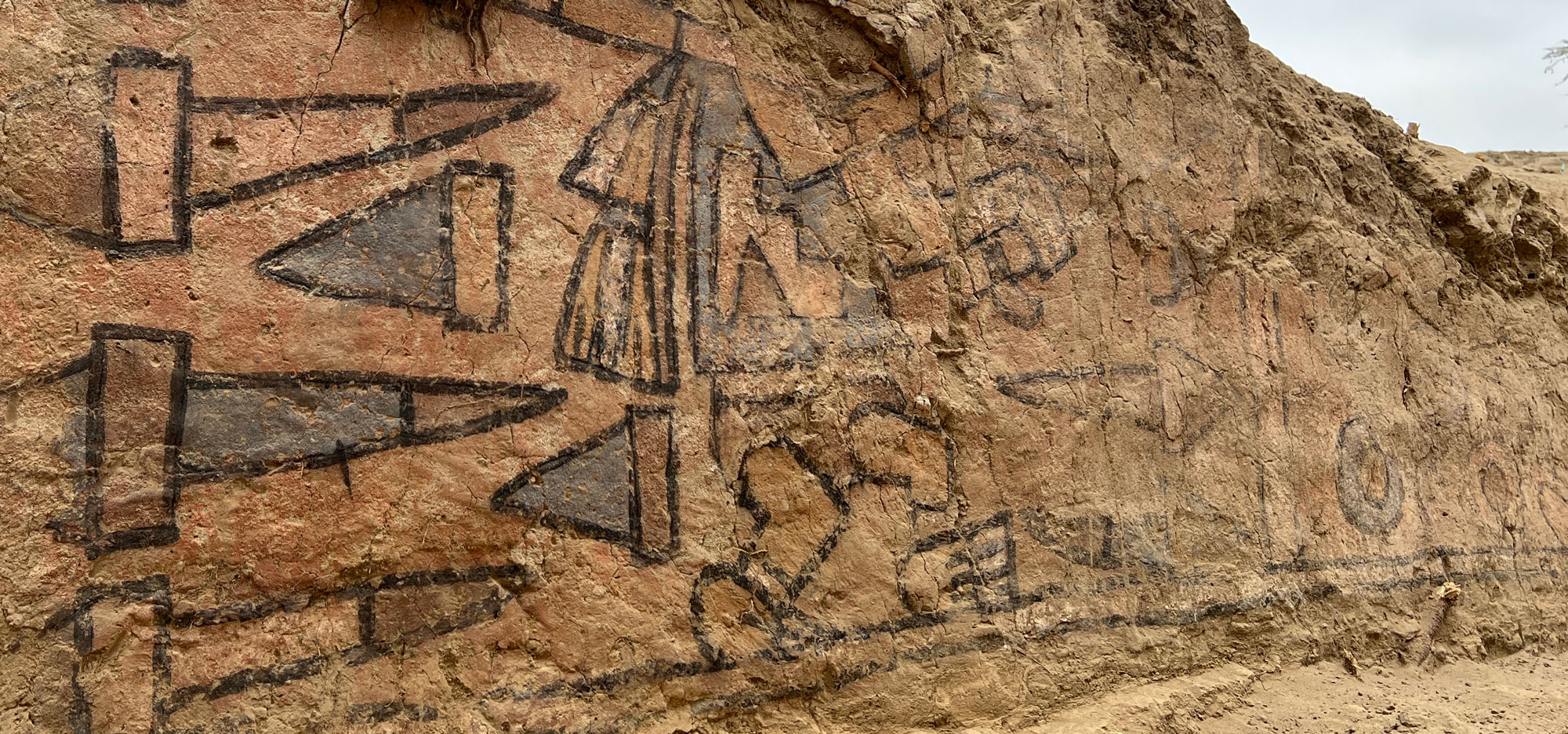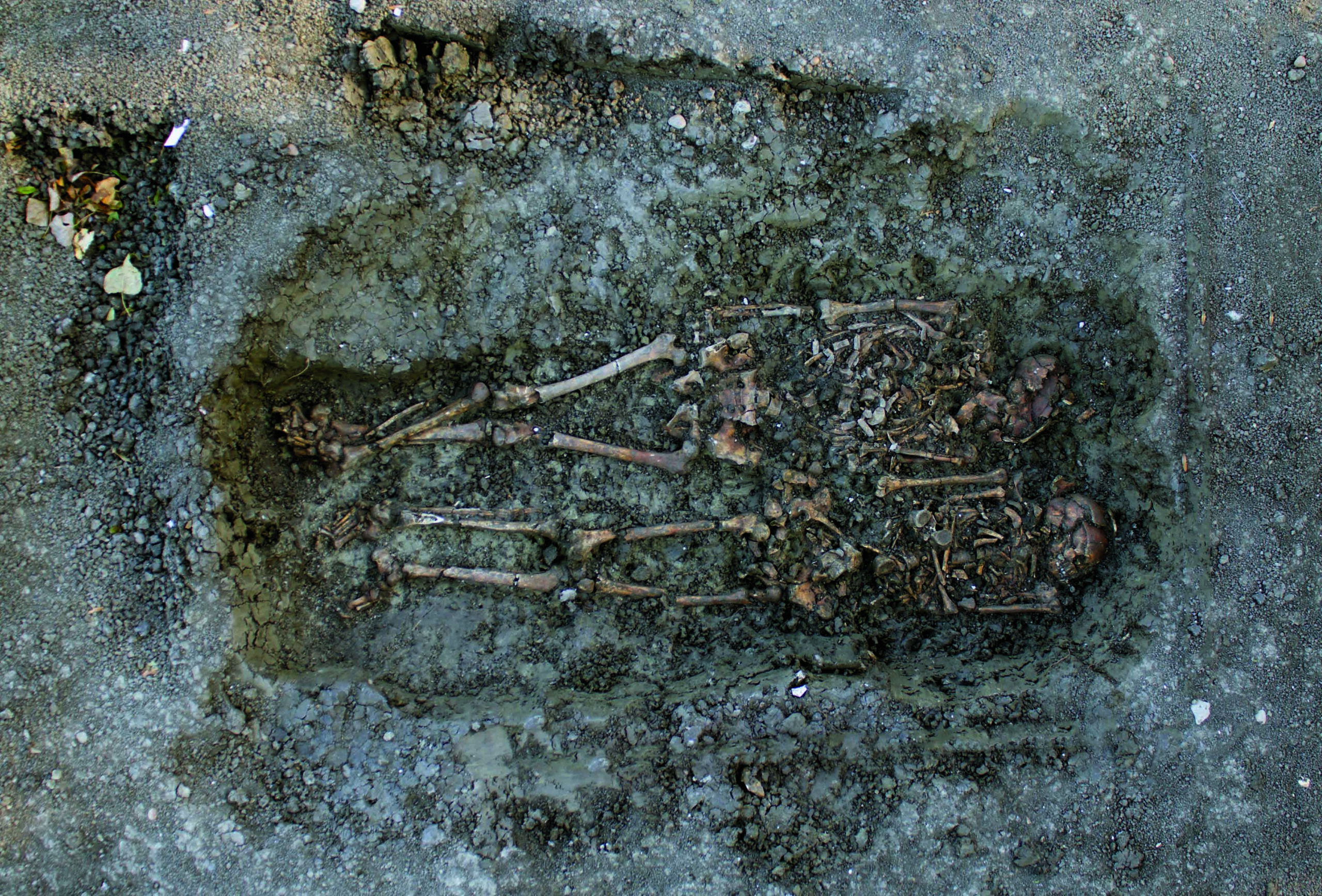
Four years after researchers discovered a triple burial in the English village of Cheddington, they have returned to study DNA samples taken from the remains. The burial, which dates to sometime between A.D. 251 and 433, contained two adult women—one between 25 and 29 years old, the other over 45 years old—and a fetus, possibly still in utero. “Simultaneous multiple burials from this time are fairly unusual,” says osteoarchaeologist Sharon Clough of Cotswold Archaeology. “And with there being two adult females and a preterm infant, it was intriguing to know if they were related in some way or if it was just convenient that they died at the same time.”
DNA analysis has revealed that the younger woman and the baby were mother and son. Clough was surprised to learn, however, that the older woman was unrelated to the younger one, but was related to the fetus, most likely as his paternal grandmother or aunt. “It’s not often we get a window into a moment over 1,600 years ago where a family loses three members of three different generations in a short time and chooses to bury them together,” says Clough. “It’s always a great honor and privilege to work with human remains. As a scientist you develop a clinical detachment working with the deceased. But you cannot help but feel the poignancy in this loss.”




